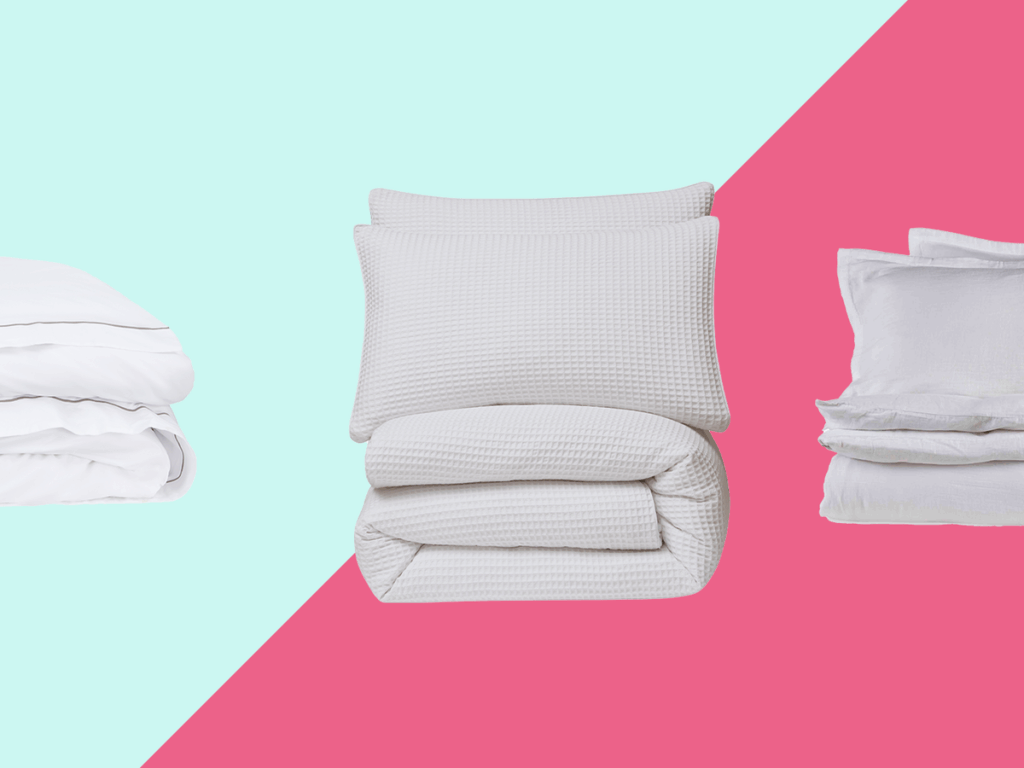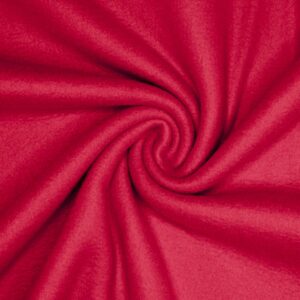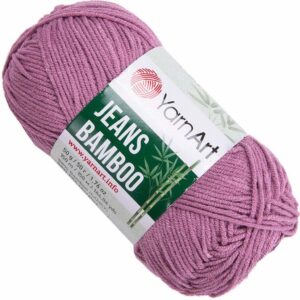What’s the Thread Count for Linen vs. Rayon?
Fabric compatibility is crucial in fashion and sewing, impacting the final product’s look, feel, and durability. Linen and rayon, two popular fabrics, offer unique properties that influence their compatibility. This article will explore their thread count, compatibility, and how to mix them effectively.
Compatibility Analysis
Can linen and rayon be mixed? Yes. Linen and rayon can be combined, offering a blend of natural and synthetic fibers that enhance texture and comfort. However, understanding their properties is essential for successful pairing.
- Texture: Linen has a coarse texture, while rayon is smoother. This contrast can add visual interest.
- Weight: Linen is heavier; rayon is lighter, making a balanced blend.
- Stretch: Rayon offers more elasticity, complementing linen’s rigidity.
- Care: Linen requires more delicate care compared to rayon, which can handle machine washing.
- Durability: Linen is stronger, while rayon is more prone to wear.
Fabric Properties Comparison Table
| Property | Linen | Rayon |
|---|---|---|
| Fiber Content | Natural | Synthetic |
| Weight and Thickness | Medium to Heavy | Light to Medium |
| Breathability | High | Moderate |
| Stretch and Elasticity | Low | Moderate to High |
| Wrinkle Resistance | Low | Moderate |
| Care Instructions | Hand wash, cool iron | Machine wash, low iron |
| Durability | High | Moderate |
Benefits of Mixing These Fabrics
- Enhanced Texture: Combining linen’s roughness with rayon’s smoothness creates depth.
- Comfort: Rayon adds softness to linen’s stiffness.
- Drape: Rayon improves linen’s drape, making garments flow better.
- Cost-Effectiveness: Mixing can reduce costs, as rayon is typically cheaper.
- Seasonal Versatility: This blend works for both summer and winter wear.
- Design Possibilities: Offers designers more creative freedom.
Potential Challenges
- Shrinkage Rates: Linen may shrink more, so pre-wash both fabrics.
- Care Conflicts: Align care routines to prevent damage.
- Texture Clash: Test swatches to ensure harmony.
- Seam Puckering: Use appropriate stitching techniques.
- Color Issues: Pre-test for colorfastness to avoid bleeding.
Sewing & Styling Tips
- Sewing Techniques: Use a straight stitch with longer lengths for linen-rayon blends.
- Needle and Thread: A universal needle and polyester thread work well.
- Interfacing Needs: Use lightweight interfacing to maintain fabric drape.
- Seam Finishing: French seams or serging prevent fraying.
- Pattern Selection: Choose patterns that highlight fabric drape, like A-line dresses.
- Styling Ideas: Pair with neutral accessories for a sophisticated look.
Care & Maintenance Guide
- Washing: Use cold water and mild detergent; hand wash if possible.
- Drying: Air dry to prevent shrinkage and maintain shape.
- Ironing: Use a low heat setting; steam for stubborn wrinkles.
- Stain Removal: Treat stains promptly with gentle soap.
- Long-term Care: Store in a cool, dry place to prevent mildew.
FAQ Section
-
Can you wash linen and rayon together?
- Yes, but use cold water and a gentle cycle.
-
Will linen shrink more than rayon?
- Likely, so pre-wash fabrics separately.
-
What needle size should I use for sewing these fabrics together?
- A universal size 80/12 needle is recommended.
-
Can you mix linen and rayon in one garment?
- Absolutely, it enhances texture and comfort.
-
How do you prevent seam puckering when combining these fabrics?
- Use a longer stitch length and test on scraps.
-
Is it okay to mix linen and rayon for upholstery?
- Yes, but ensure durability by reinforcing seams.
-
What’s the best way to finish seams with these fabrics?
- French seams or serging are effective for a clean finish.
In conclusion, mixing linen and rayon offers numerous benefits, from enhanced comfort to innovative design possibilities. By understanding their properties and following the provided tips, you can create beautiful, durable garments and home decor pieces.



Leave a Reply